
Kód: 04562290
Virtual Art
Autor Oliver Grau
Although many people view virtual reality as a totally new phenomenon, it has its foundations in an unrecognized history of immersive images. Indeed, the search for illusionary visual space can be traced back to antiquity. In this ... celý popis
- Jazyk:
 Angličtina
Angličtina - Väzba: Brožovaná
- Počet strán: 430
Nakladateľ: MIT Press Ltd, 2004
- Viac informácií o knihe

42.55 €
Bežne: 49.06 €
Ušetríte 6.51 €
Dostupnosť:
50 % šanca Máme informáciu, že by titul mohol byť dostupný. Na základe vašej objednávky sa ho pokúsime do 6 týždňov zabezpečiť.
Máme informáciu, že by titul mohol byť dostupný. Na základe vašej objednávky sa ho pokúsime do 6 týždňov zabezpečiť.Prehľadáme celý svet
Mohlo by sa vám tiež páčiť
-

Pop Manga Cute and Creepy Coloring Book
16.63 € -3 % -

Harry Potter - Christmas at Hogwarts: A Movie Scrapbook
14.01 € -21 % -

HIIT: High Intensity Intercourse Training
10.98 € -23 % -
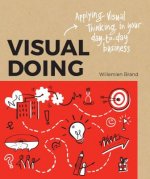
Visual Doing
21.27 € -20 % -

Firefly Encyclopedia
42.55 € -13 % -

WE HUNT THE FLAME
16.23 € -18 % -

Lonely Planet Epic Runs of the World
29.54 € -17 % -

Percy Jackson and the Olympians the Last Olympian: The Graphic Novel
13.81 € -15 % -

Friend Zone: the most hilarious and heartbreaking romantic comedy
12.09 € -15 % -
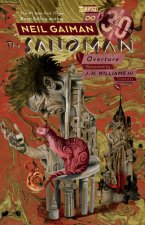
Sandman Vol. 0: Overture 30th Anniversary Edition
16.33 € -22 % -

Ascendance of a Bookworm: Part 1 Volume 1
13.50 € -16 % -

CCNA 200-301 Official Cert Guide, Volume 1
45.38 € -

Macrame for the Modern Home
14.21 € -23 % -

Build A Lego Mustang
16.63 € -21 % -

The Golden Tarot
30.25 € -2 % -

Final Fantasy XIV: Heavensward - The Art of Ishgard -Stone and Steel-
41.24 € -

Peace Talks
9.87 € -20 % -

World Almanac and Book of Facts 2022
15.52 € -19 % -

Do Nothing
12.60 € -5 % -

Grains of Gold Coloring Book
14.21 € -13 % -

Dark Origins
14.82 € -13 % -

Harry Potter: Gryffindor House Pride
11.29 € -13 % -

King of Battle and Blood
9.17 € -17 % -

Masters of Death
14.82 € -6 % -
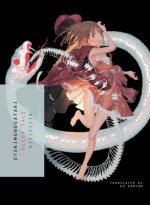
Otorimonogatari
13.81 € -19 % -

The 100
10.78 € -19 % -

First Words
4.13 € -9 % -

How to Be Happy (or at least less sad)
14.21 € -23 % -

Tragedy and Hope
44.27 € -

Peggy Guggenheim
16.03 € -11 % -

Blind Watchmaker
13.40 € -19 % -

Effective C++
46.28 € -4 % -

Guards! Guards!
10.38 € -4 % -

Wind-Up Plane
18.75 € -21 % -

The Checklist Manifesto
12.80 € -10 % -

Warren Buffett and the Interpretation of Financial Statements
10.18 € -14 % -

Challenger Sale
27.83 € -10 % -

One Piece, Vol. 81
8.76 € -22 % -

Vice Versa Tarot Kit
32.16 € -2 % -

Astrophysics for People in a Hurry
16.53 € -17 % -

Attack On Titan 21
9.97 € -19 % -

Miss Peregrine's Home For Peculiar Children: The Graphic Novel
21.47 € -

The Tucci Cookbook
32.97 € -7 % -

The Daily Stoic
15.82 € -14 % -

Mit Erfolg zu telc Deutsch B2 / Testbuch + online
26.41 € -

Novem Portis
68.17 € -

KLEINE PRINZ
5.64 € -

Corrupt
7.76 € -29 % -

Harry Potter Und Die Kammer Des Schreckens
13.81 €
Darujte túto knihu ešte dnes
- Objednajte knihu a vyberte Zaslať ako darček.
- Obratom obdržíte darovací poukaz na knihu, ktorý môžete ihneď odovzdať obdarovanému.
- Knihu zašleme na adresu obdarovaného, o nič sa nestaráte.
Informovať o naskladnení knihy
Zadajte do formulára e-mailovú adresu a akonáhle knihu naskladníme, zašleme vám o tom správu. Postrážime všetko za vás.
Viac informácií o knihe Virtual Art
Nákupom získate 107 bodov
 Anotácia knihy
Anotácia knihy
Although many people view virtual reality as a totally new phenomenon, it has its foundations in an unrecognized history of immersive images. Indeed, the search for illusionary visual space can be traced back to antiquity. In this book, Oliver Grau shows how virtual art fits into the art history of illusion and immersion. He describes the metamorphosis of the concepts of art and the image and relates those concepts to interactive art, interface design, agents, telepresence, and image evolution. Grau retells art history as media history, helping us to understand the phenomenon of virtual reality beyond the hype.Grau shows how each epoch used the technical means available to produce maximum illusion. He discusses frescoes such as those in the Villa dei Misteri in Pompeii and the gardens of the Villa Livia near Primaporta, Renaissance and Baroque illusion spaces, and panoramas, which were the most developed form of illusion achieved through traditional methods of painting and the mass image medium before film. Through a detailed analysis of perhaps the most important German panorama, Anton von Werner's 1883 The Battle of Sedan, Grau shows how immersion produced emotional responses. He traces immersive cinema through Cinerama, Sensorama, Expanded Cinema, 3-D, Omnimax and IMAX, and the head mounted display with its military origins. He also examines those characteristics of virtual reality that distinguish it from earlier forms of illusionary art. His analysis draws on the work of contemporary artists and groups ART+COM, Maurice Benayoun, Charlotte Davies, Monika Fleischmann, Ken Goldberg, Agnes Hegedues, Eduardo Kac, Knowbotic Research, Laurent Mignonneau, Michael Naimark, Simon Penny, Daniela Plewe, Paul Sermon, Jeffrey Shaw, Karl Sims, Christa Sommerer, and Wolfgang Strauss. Grau offers not just a history of illusionary space but also a theoretical framework for analyzing its phenomenologies, functions, and strategies throughout history and into the future.
 Parametre knihy
Parametre knihy
Zaradenie knihy Knihy po anglicky The arts History of art / art & design styles
42.55 €
- Celý názov: Virtual Art
- Podnázov: From Illusion to Immersion
- Autor: Oliver Grau
- Jazyk:
 Angličtina
Angličtina - Väzba: Brožovaná
- Počet strán: 430
- EAN: 9780262572231
- ISBN: 0262572230
- ID: 04562290
- Nakladateľ: MIT Press Ltd
- Hmotnosť: 620 g
- Rozmery: 228 × 173 × 24 mm
- Dátum vydania: 17. September 2004
Obľúbené z iného súdka
-
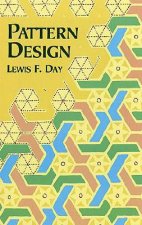
Pattern Design
17.64 € -1 % -
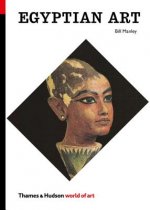
Egyptian Art
14.11 € -23 % -
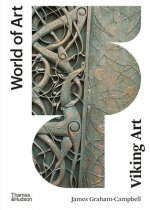
Viking Art
16.83 € -20 % -
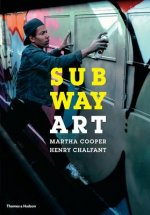
Subway Art
20.56 € -23 % -

The Secret Lives of Color
18.75 € -22 % -
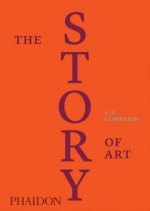
Story of Art, Luxury Edition
66.05 € -16 % -

Hands
11.69 € -16 % -
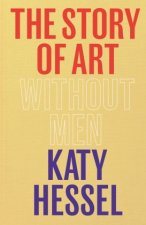
Story of Art without Men
32.57 € -12 % -
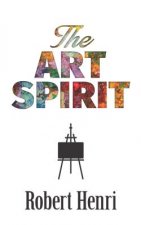
Art Spirit
11.89 € -15 % -
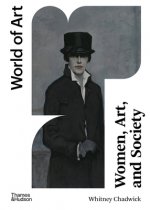
Women, Art, and Society
26.11 € -14 % -

Art Book
27.22 € -6 % -

Museum Age in Austria-Hungary
119.30 € -

Sister Wendy's 100 Best-loved Paintings
30.05 € -20 % -

Great Women Artists
46.99 € -4 % -

Anatomy of Viking Art
15.72 € -17 % -
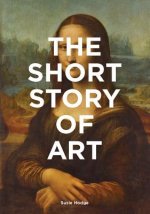
The Short Story of Art
17.64 € -15 % -
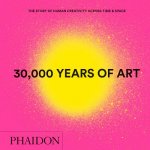
30,000 Years of Art
26.82 € -9 % -
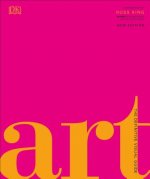
Art: The Definitive Visual Guide
69.78 € -
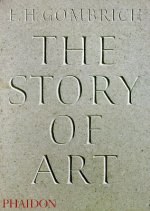
The Story of Art
41.64 € -17 % -

World History of Art, Revised 7th ed.
54.55 € -13 % -
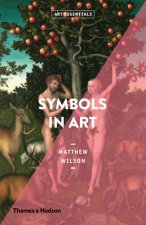
Symbols in Art
14.21 € -23 % -

History of Pictures
22.99 € -18 % -

Aby WarburgThe Bilderatlas Mnemosyne - Commentary Volume
50.62 € -8 % -
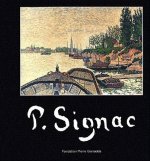
Paul Signac
52.54 € -

Yellow
37.61 € -7 % -
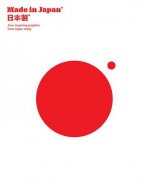
Made in Japan
44.47 € -2 % -

Art Nouveau Ornamentation
20.06 € -23 % -
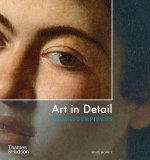
Art in Detail
28.03 € -20 % -
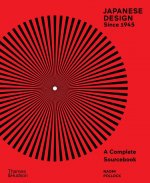
Japanese Design Since 1945
60.71 € -13 % -

Divided Soul
18.25 € -21 % -
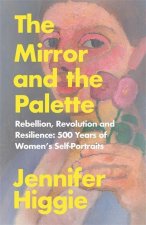
Mirror and the Palette
11.49 € -19 % -

Greek Myths
29.64 € -10 % -
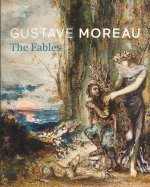
Gustave Moreau
48.40 € -

Treasury of Audubon Birds
22.68 € -23 % -

Victorian All Over Patterns for Artists and Designers
11.08 € -15 % -
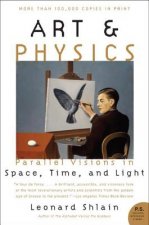
Art & Physics
14.61 € -19 % -

Collector's Guide to Peasant Silver Buttons
24.20 € -
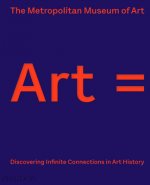
Art =
63.43 € -15 % -
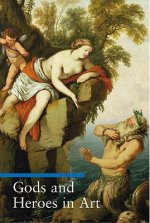
Gods and Heroes in Art
24.20 € -4 % -
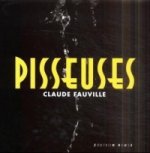
Pisseuses
84.10 € -9 % -

Pictures and Tears
51.83 € -
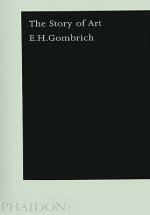
The Story of Art
25.81 € -5 % -

Art History: A Very Short Introduction
9.97 € -23 % -

Islamic Design Workbook
18.45 € -13 % -

Treasury of Flower Designs for Artists, Embroiderers and Craftsmen
8.36 € -23 % -

Art & Queer Culture
46.99 € -

Beyond Faberge: Imperial Russian Jewelry
81.78 € -14 % -

Victorian Floral Illustrations
13.61 € -15 % -
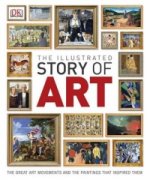
Illustrated Story of Art
56.27 €
Osobný odber Bratislava a 2642 dalších
Copyright ©2008-24 najlacnejsie-knihy.sk Všetky práva vyhradenéSúkromieCookies


 21 miliónov titulov
21 miliónov titulov Vrátenie do mesiaca
Vrátenie do mesiaca 02/210 210 99 (8-15.30h)
02/210 210 99 (8-15.30h)